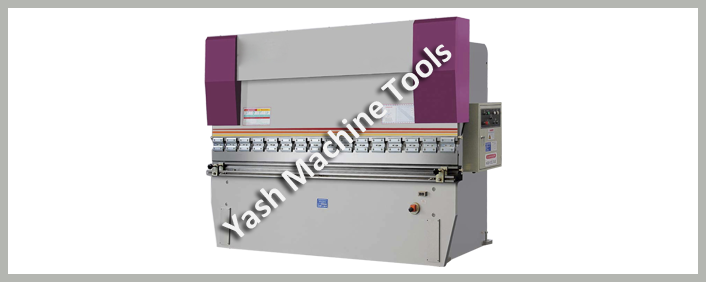What Is a Press Brake?
A press brake is a manufacturing tool that can bend large pieces of sheet metal. The machine operates by dropping a punch onto the sheet metal and raising a die. The sheet metal is bent in multiple steps until it achieves the desired shape and form. It is also useful for bending a wide variety of metals, including wire, cable, and wire rope. In the early years of manufacturing, the press brake was often used to make mirrors, which required a mirror.
The press brake consists of two C-frames, one at the bottom and one at the top. The table is the work area while the upper beam is mounted on the movable beam. The press brake is a complex machine, which requires careful adjustment for grain direction and thickness of material. In addition, a world-class bender must understand the tooling used to make a bend and choose the correct punch and die for a specific application.
The accuracy of a press brake part depends on the hardness of the material, its yield strength, and its springback. The outfitting of a press brake determines how it handles deviations in a material. For example, a machine made from 10 gauge mild steel can run 1/2″ x 10′ plates, but if the material is thicker, the defect will be more pronounced. A good quality machine is capable of running half-inch X 10′ plates.
The 80/20 rule of machinery buying applies to press brakes. The principle states that you should buy a press brake for 80% of the amount of work it can handle, and do not chase the other 20%. For example, a 10 gauge mild steel press brake can run half-inch x ten feet of plate. This would triple the size of the machine, and the same goes for larger plates. The Y axis controls vertical motion of the moving beam.
A press brake’s cylinders are independently controlled by a servo valve and a control circuit. A hydraulic press brake can produce parts of different sizes, so if you have a small production line, you should consider investing in a press brake with a hydraulic system. This is a better option for companies that want to create parts in small batches. As long as you are familiar with the components, you can learn to operate a press brake.
Using a press brake is not for everyone. But if you are interested in the technology, a press brake may be the perfect career for you. The advantages of this machine include a large range of applications, as well as a wide range of potential uses. It’s also possible to get a certification as a press brake operator, and in some cases, it’s the only requirement for working in the field. The training is necessary to maintain a high-quality product.
- Maintenance Tips for Vertical CNC Milling Machine in Iran’s Harsh Industrial Environment
- Market Potential for CNC Lathe Machines in South African Countries: Trends & Insights
- How Saudi Arabia’s Manufacturing Industry Rely on All Geared Radial Drilling Machines?
- Why All Geared Lathe Machines are Gaining Popularity in German Industry?
- Top Applications of Horizontal Boring Machines in Australian Manufacturing Industry
- The Growing Demand for All Geared Lathe Machines in Global Markets




